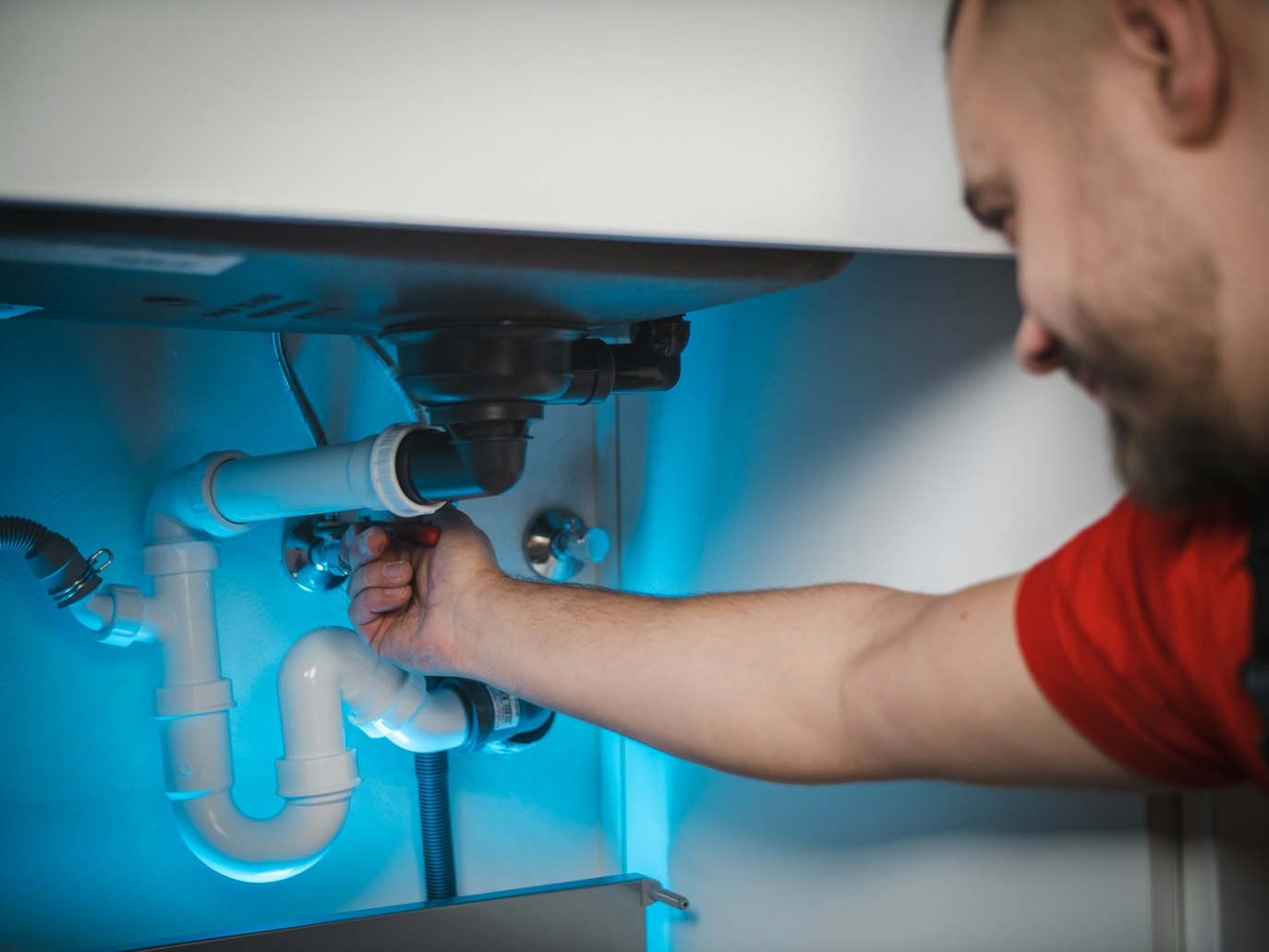Mastering Water Damage Repair in Caledon: Essential Steps for Success

Welcome to the ultimate guide for water damage repair in Caledon! Dealing with water damage can be a daunting task, but fear not, as we’ve compiled a comprehensive resource to help you navigate through this challenging situation. Whether you’re facing a burst pipe, a leaking roof, or flooding from severe weather, we’ve got you covered with expert tips and solutions to restore your property back to its pre-damage condition.
Understanding Water Damage
Before diving into the intricacies of water damage repair in Caledon, it’s essential to understand the different types of water damage and their implications. Water damage can be categorized into three main types, clean water, grey water, and black water. Clean water originates from sources such as broken pipes or rainwater, while grey water may contain contaminants from appliances like dishwashers and washing machines. Black water poses the most significant health risks as it contains sewage and other hazardous substances. When addressing water damage on your property in Caledon, it’s crucial to identify the type of water involved to determine the appropriate course of action.
Assessing the Damage
The first step in water damage repair is to assess the extent of the damage thoroughly. Conduct a thorough inspection of the affected area to identify any visible signs of water intrusion, such as dampness, stains, or mold growth. It’s crucial to act quickly as prolonged exposure to water can exacerbate the damage and lead to mold and structural issues.
Safety First
Safety should always be the top priority when dealing with water damage. Before attempting any repairs, ensure that the electricity supply to the affected area is turned off to prevent the risk of electric shock. Additionally, wear protective gear such as gloves, goggles, and a mask to minimize exposure to potentially harmful substances.
Water Extraction
Once safety measures are in place, the next step is to remove standing water from the affected area. Depending on the severity of the damage, you may need to use pumps, wet vacuums, or towels to extract the water thoroughly. Be thorough in this process to prevent further damage and minimize the risk of mold growth.
Drying and Dehumidification
After water extraction, focus on drying out the affected area to prevent mold growth and structural damage. Utilize fans, dehumidifiers, and open windows to increase air circulation and promote evaporation. Pay special attention to hidden areas such as wall cavities and under flooring, as moisture can become trapped and lead to long-term issues.
Salvaging and Restoration
Once the area is thoroughly dried, assess the damage to furniture, belongings, and structural components. Salvage items that can be restored through cleaning and disinfection, and discard irreparably damaged materials. Work with experienced professionals to repair structural damage and restore your property to its pre-damage condition.
Mold Remediation
One of the most significant risks associated with water damage is mold growth. Mold can proliferate rapidly in damp environments and pose serious health risks to occupants. If mold is present, it’s essential to enlist the help of certified mold remediation experts to safely remove and mitigate its spread.
Preventative Measures
Prevention is key to avoiding future water damage incidents. Invest in regular maintenance of plumbing and roofing systems to identify and address potential issues before they escalate. Consider installing water detection devices and sump pumps to alert you to leaks and mitigate flooding risks.
Choosing a Water Damage Repair Company:
- Emergency or Non-Emergency: If you have a burst pipe or flooding, prioritize companies offering 24/7 emergency services. For non-urgent situations, you have more time to compare quotes and reviews.
- Licensing and Insurance: Ensure the company is licensed and insured to operate in your area.
- Experience and Expertise: Look for companies with experience handling water damage similar to yours.
- Customer Reviews and Ratings: Read online reviews and check the company’s rating on platforms like Google My Business and Homestars.
- Estimates and Warranties: Get written estimates from multiple companies and compare their pricing and service offerings. Ensure they offer warranties on their work.
Conclusion
In conclusion, dealing with water damage can be a stressful and challenging experience, but with the right knowledge and resources, you can mitigate the damage and restore your property to its former glory. By understanding the different types of water damage, prioritizing safety, and enlisting the help of experienced professionals, you can navigate through this ordeal with confidence. Remember, acting swiftly is key to minimizing damage and preventing long-term issues, so don’t hesitate to take action at the first sign of water intrusion. With these expert tips and solutions, you’ll be well-equipped to tackle any water damage emergency that comes your way in Caledon.







